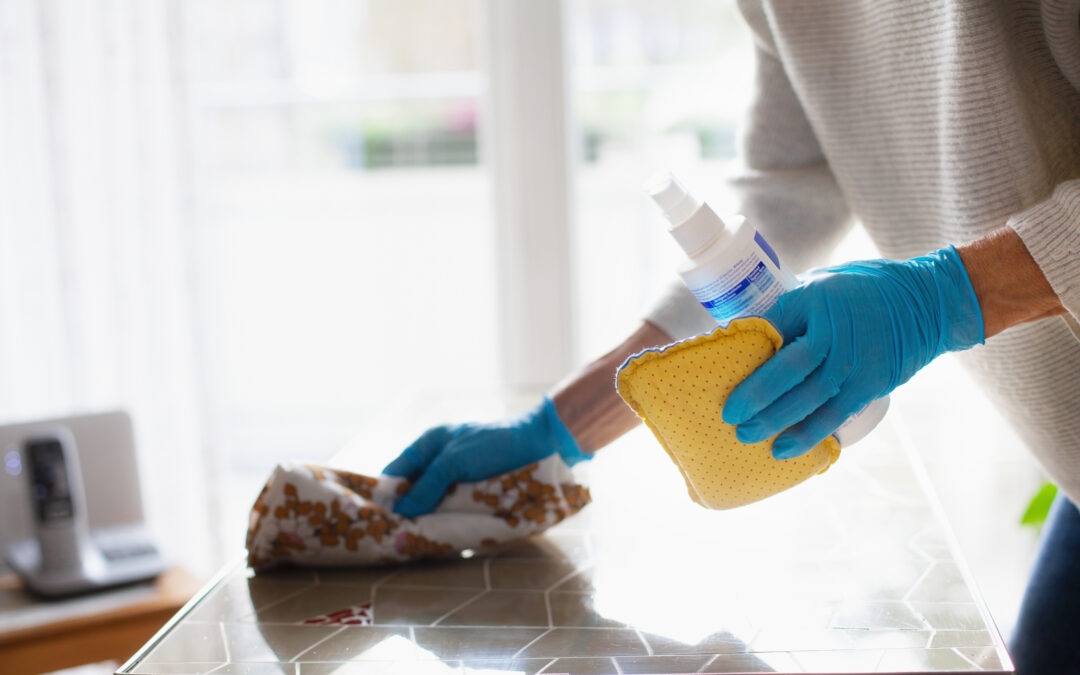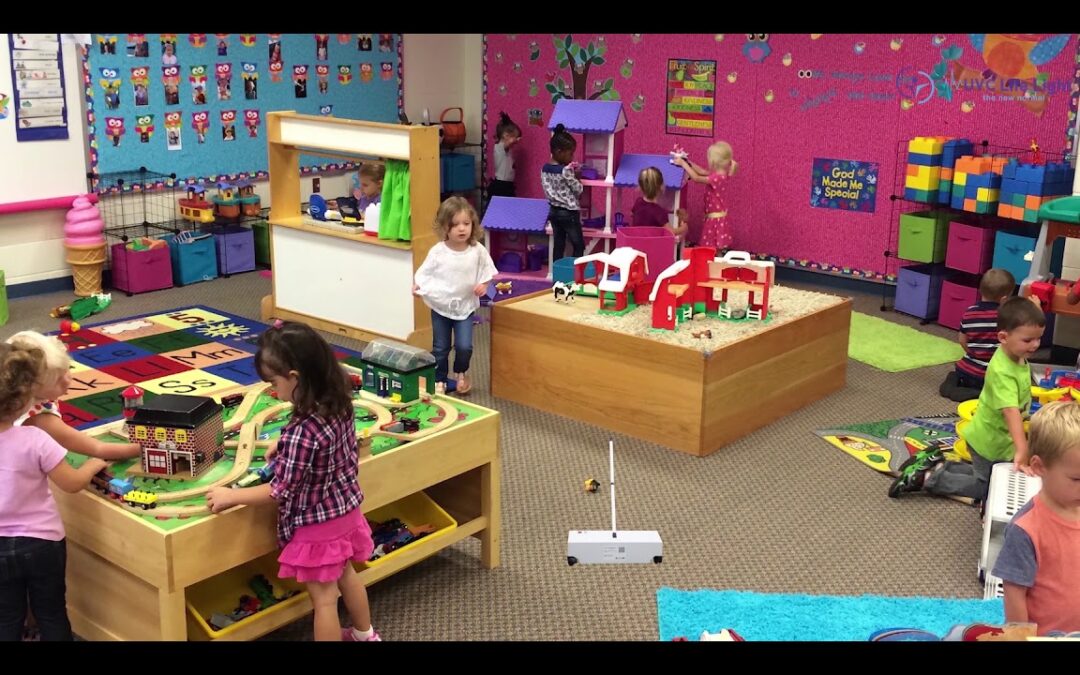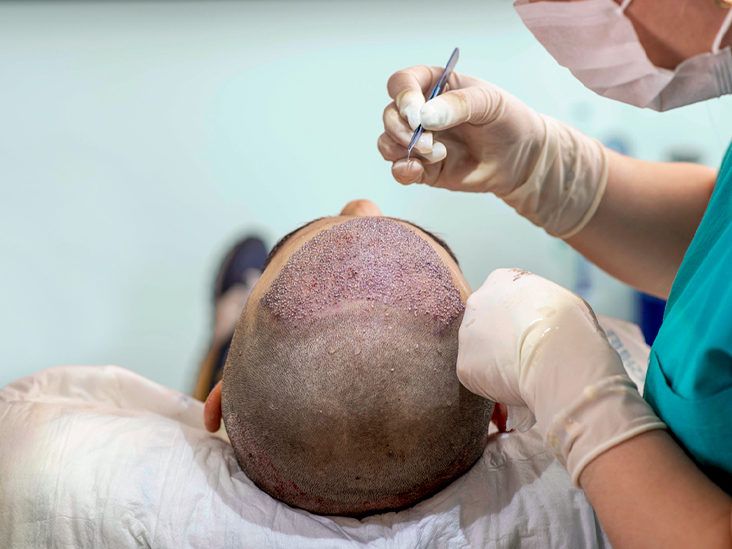Testing equipment for cosmetics and personal care products plays a critical role in ensuring product safety, quality, efficacy, and regulatory compliance. These products, which include skincare, haircare, makeup, and hygiene items, must undergo various types of tests to assess their chemical composition, microbiological stability, physical characteristics, and dermatological safety. Below are the main categories of equipment used in cosmetic and personal care product testing:
1. Microbiological Testing Equipment
To ensure products are free from harmful bacteria, fungi, or other microorganisms, microbiological testing is essential. Common equipment includes:
-
Autoclaves – for sterilizing media and tools.
-
Incubators – for growing and maintaining microbial cultures.
-
Laminar Flow Hoods – to provide a sterile environment during sample handling.
-
Colony Counters – to count and analyze bacterial colonies.
-
Petri Dishes & Culture Media – used for growing microorganisms.
2. Physicochemical Testing Equipment
This equipment helps assess the physical and chemical properties of the product, such as pH, viscosity, stability, and consistency:
-
pH Meters – for measuring acidity or alkalinity.
-
Viscometers or Rheometers – to measure viscosity and flow characteristics.
-
Centrifuges – for separation and stability testing.
-
Spectrophotometers (UV-Vis, IR) – to determine concentration and detect specific ingredients.
-
Conductivity Meters – for ionic concentration and formulation stability.
3. Stability Testing Chambers
These controlled environment chambers simulate various conditions (temperature, humidity, light) to test how a product holds up over time. Types include:
-
Accelerated Aging Chambers
-
Thermal Stability Chambers
-
Photostability Chambers
4. Dermatological and Safety Testing Equipment
These tools help evaluate skin compatibility and irritation potential:
-
Patch Testing Kits – used in clinical studies to test allergic reactions.
-
Skin Analyzers – measure moisture, elasticity, and oil levels on the skin.
-
TEWL Meters (Transepidermal Water Loss) – assess the barrier function of the skin.
-
Corneometers – to measure skin hydration levels.
5. Color and Appearance Testing Equipment
Used especially for makeup and skin products to evaluate color consistency and aesthetics:
-
Colorimeters & Spectrocolorimeters – measure and ensure uniform color.
-
Gloss Meters – measure the shine or gloss level on applied surfaces.
6. Packaging Compatibility Testing Equipment
To ensure that product packaging doesn’t alter the contents or degrade over time:
-
Compression & Tensile Testers – for evaluating packaging durability.
-
Leak Testers – to detect seal integrity.
-
Drop Test Equipment – simulates transport and handling stress.
7. Analytical Chemistry Instruments
Advanced tools used for detailed formulation analysis:
-
HPLC (High-Performance Liquid Chromatography) – for identifying and quantifying ingredients.
-
GC-MS (Gas Chromatography-Mass Spectrometry) – used to detect trace elements and fragrances.
-
FTIR (Fourier-Transform Infrared Spectroscopy) – for molecular fingerprinting of ingredients.
Conclusion
Testing cosmetics and personal care products requires a combination of microbiological, chemical, physical, and sensory assessments, all supported by specialized equipment. Proper use of these tools ensures that products are safe, effective, stable, and appealing to consumers, while also meeting the regulatory standards set by agencies like the FDA (U.S.), EMA (Europe), or BIS (India). Manufacturers and labs must choose the appropriate testing equipment based on the product type, intended use, and compliance requirements.







0 Comments